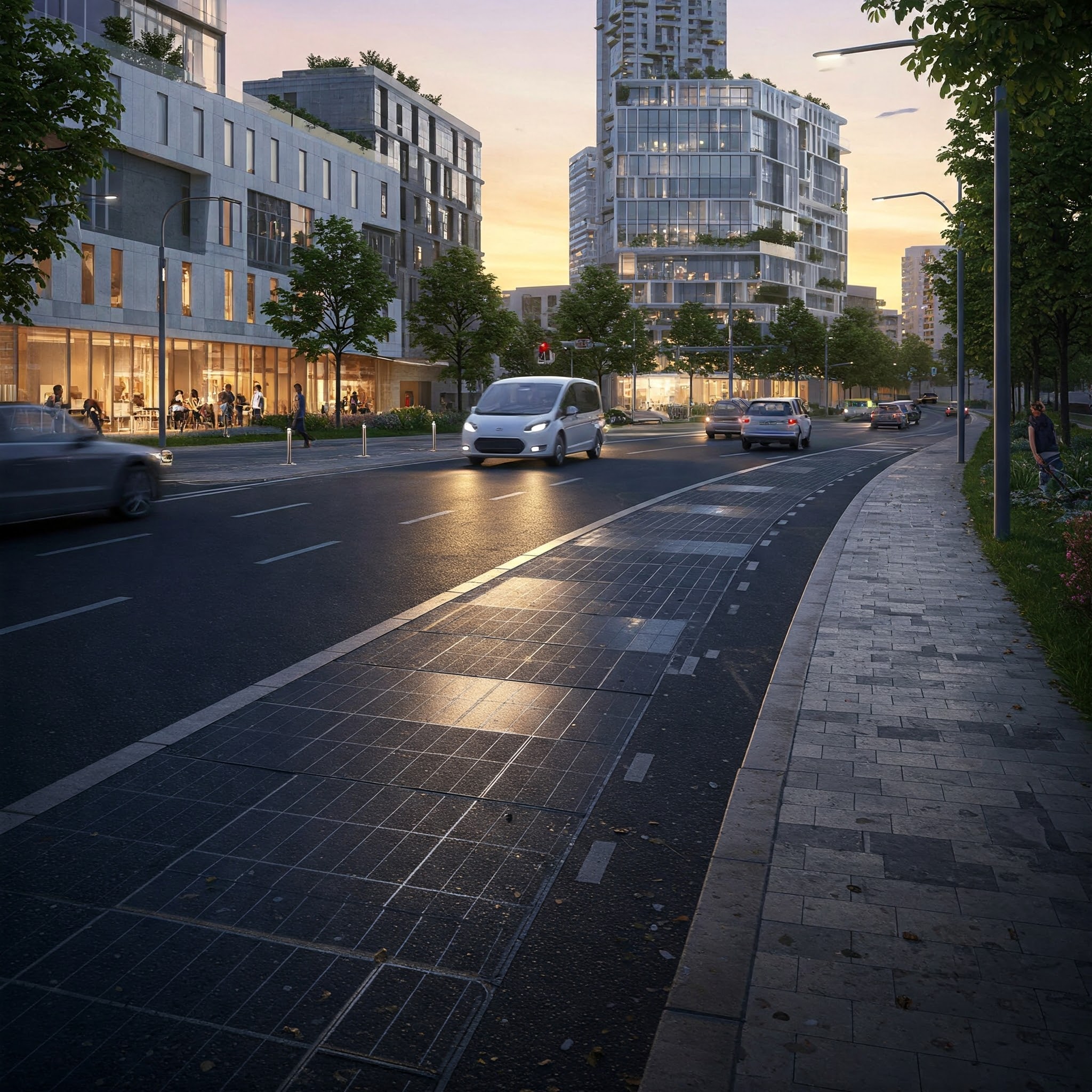Solar-Powered Paving: A Glimpse into the Future
As the world continues its transition to renewable energy, innovations in solar technology are finding their way into unexpected places. One of the most exciting developments is the emergence of solar-powered paving, a futuristic solution that integrates solar panels directly into paved surfaces such as roads, driveways, and walkways. This groundbreaking technology holds the potential to revolutionize urban planning, energy generation, and sustainability efforts.
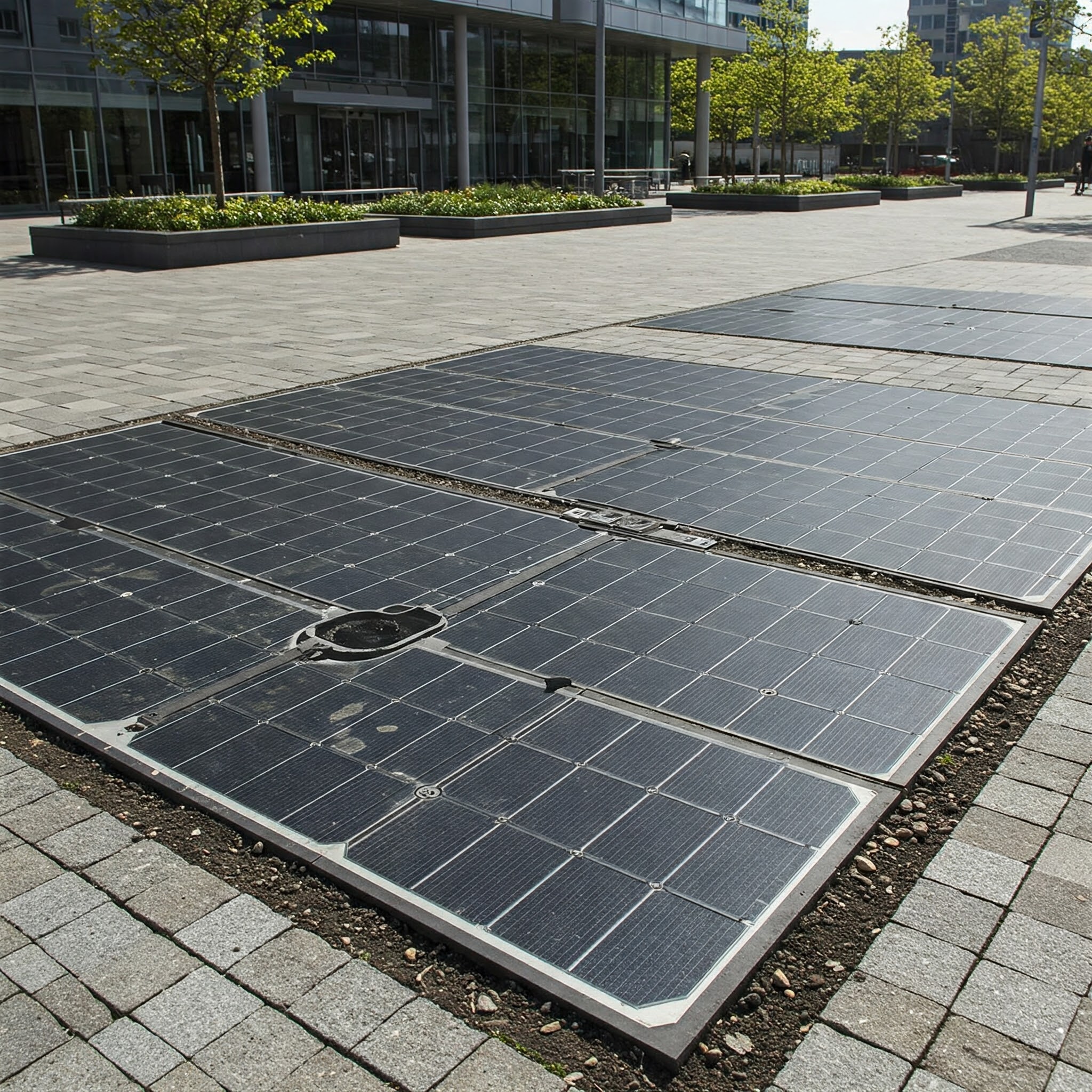
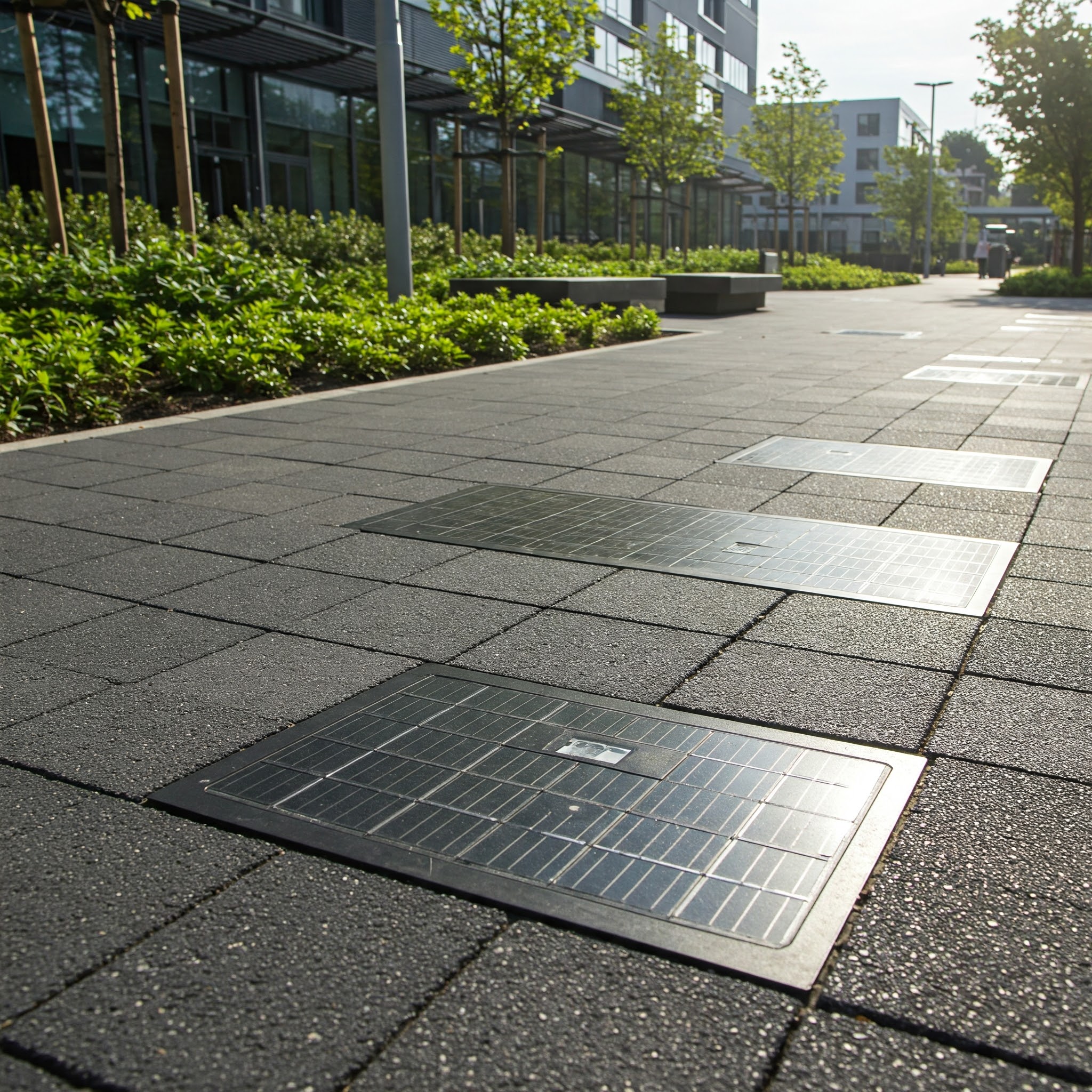
What is Solar-Powered Paving?
As the world continues its transition to renewable energy, innovations in solar technology are finding their way into unexpected places. One of the most exciting developments is the emergence of solar-powered paving, a futuristic solution that integrates solar panels directly into paved surfaces such as roads, driveways, and walkways. This groundbreaking technology holds the potential to revolutionize urban planning, energy generation, and sustainability efforts.
How Does It Work?
The technology behind solar paving is a blend of advanced engineering and renewable energy systems:
Photovoltaic Layers: PV cells capture sunlight and convert it into electricity.
Protective Coatings: Transparent, weather-resistant layers shield the solar cells from physical damage and environmental factors.
Energy Storage and Distribution: The generated energy is stored in batteries or directed to the grid for immediate use.
Integrated Smart Features: Many solar paving systems include sensors, lighting, and data transmission capabilities, adding smart functionality to the surfaces.
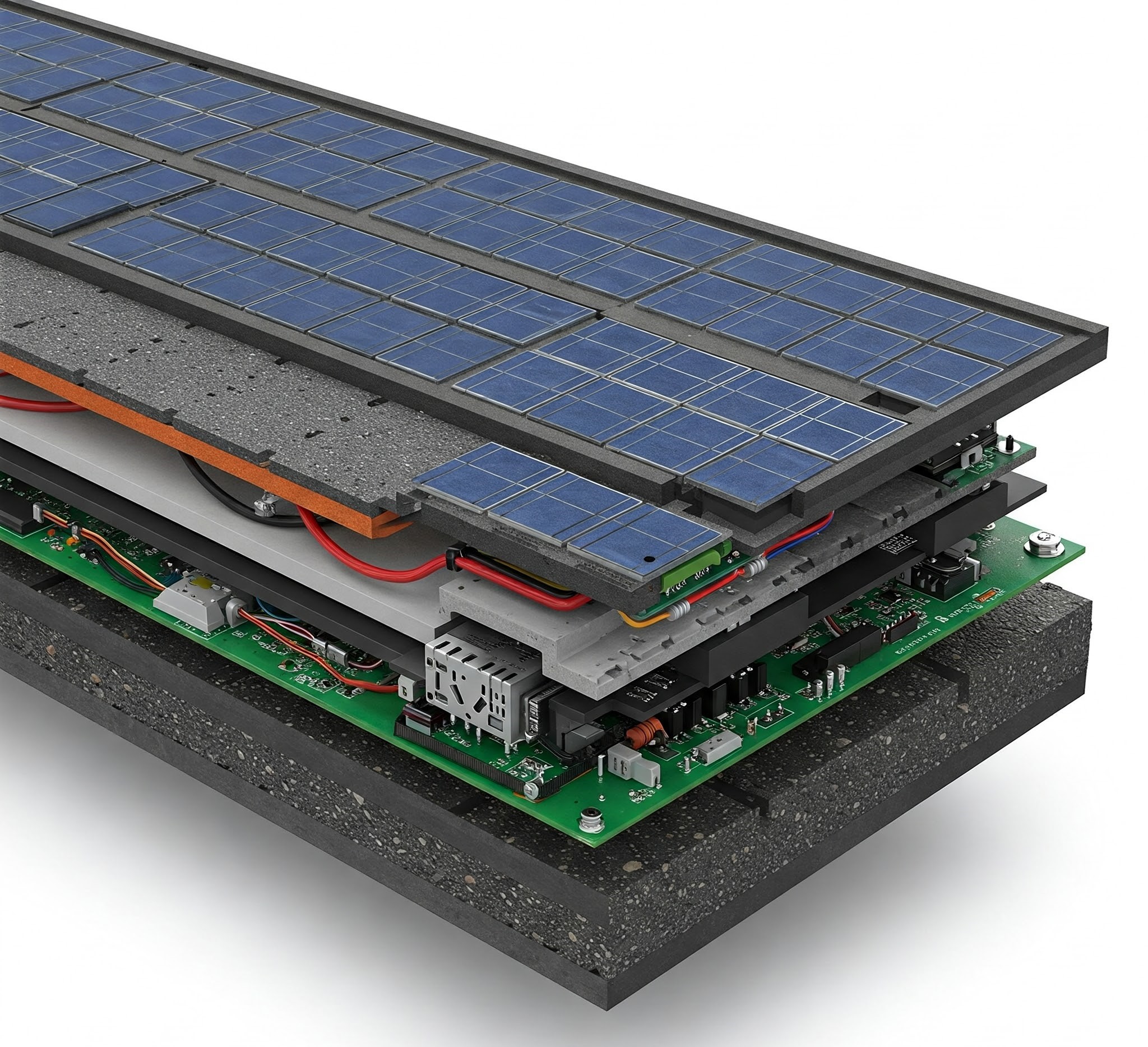

Benefits of Solar-Powered Paving
Sustainable Energy Generation: Solar paving turns unused surfaces into active energy producers, contributing to the shift toward renewable power.
Reduced Carbon Footprint: By generating clean energy, solar paving helps reduce reliance on fossil fuels and lowers greenhouse gas emissions.
Smart City Integration: Solar paving can include built-in lighting, traffic monitoring, and connectivity features, supporting the development of smart cities.
Cost Efficiency Over Time: While the initial investment may be higher, the long-term benefits of energy savings and reduced maintenance costs make solar paving an attractive option.
Dual Purpose Design: These surfaces serve both as infrastructure and power generators, maximizing land use efficiency.
What is Solar-Powered Paving
While solar-powered paving offers numerous advantages, it also faces certain challenges:
High Initial Costs: Developing and installing solar paving systems require significant upfront investment.
Durability Concerns: Ensuring that the materials can endure heavy traffic and extreme weather conditions is critical.
Efficiency Limitations: Solar panels embedded in pavements may not be as efficient as rooftop or ground-mounted systems due to shading and angle constraints.
Maintenance Needs: Repairing or replacing damaged sections of solar paving can be more complex than traditional paving.
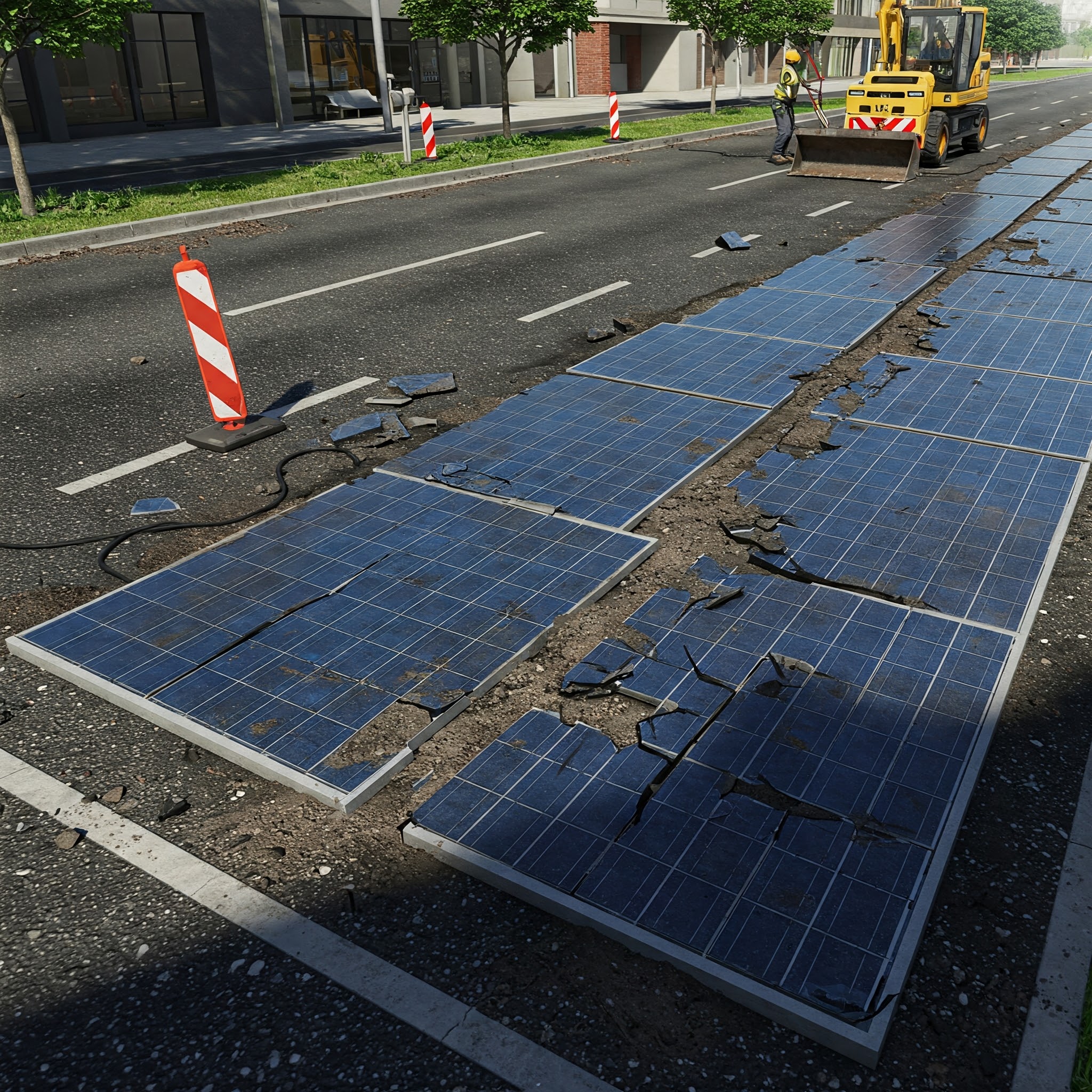
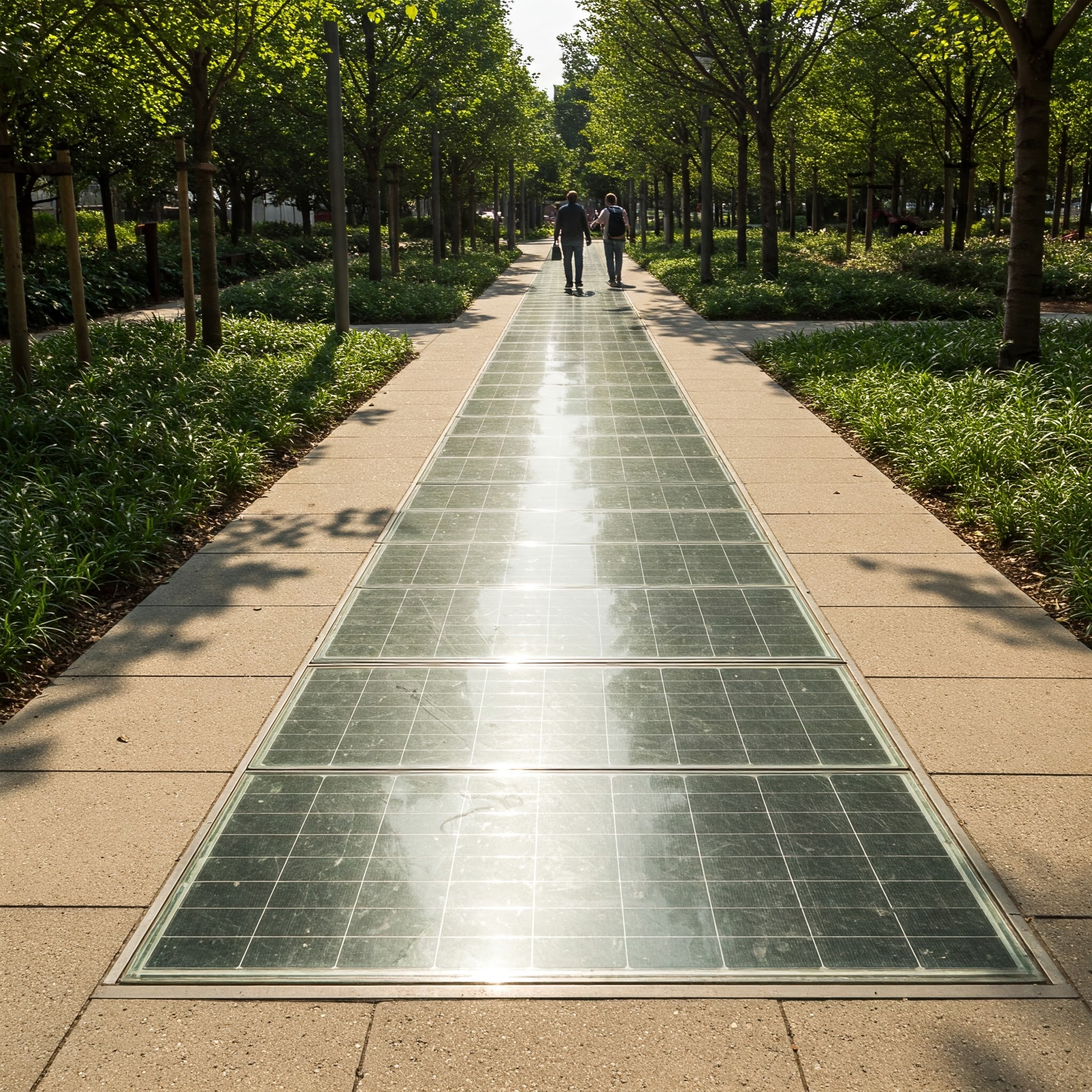
Current Applications and Success Stories
Several pilot projects around the world have demonstrated the potential of solar-powered paving:
Solar Roads in France: The Wattway project installed solar panels on a stretch of road, generating power for streetlights in a nearby village.
Solar Sidewalks in the Netherlands: Solar paths are being used to power public lighting and nearby buildings.
Driveways and Parking Lots: Homeowners and businesses are beginning to adopt solar paving for private use, reducing their reliance on the grid.
The Future of Solar-Powered Paving
As technology advances, the cost and efficiency of solar-powered paving are expected to improve, making it a more viable solution for widespread adoption. Innovations in material science, energy storage, and manufacturing processes will further enhance its durability and affordability. Moreover, as cities aim to achieve net-zero emissions, integrating solar paving into urban infrastructure could become a cornerstone of sustainable development.
As technology advances, the cost and efficiency of solar-powered paving are expected to improve, making it a more viable solution for widespread adoption. Innovations in material science, energy storage, and manufacturing processes will further enhance its durability and affordability. Moreover, as cities aim to achieve net-zero emissions, integrating solar paving into urban infrastructure could become a cornerstone of sustainable development.
